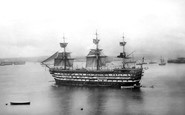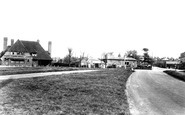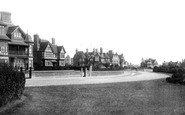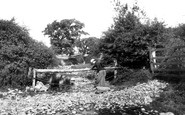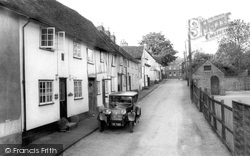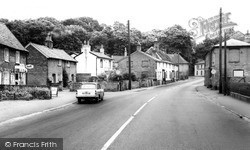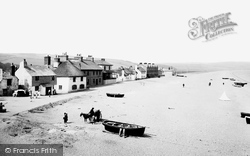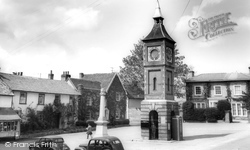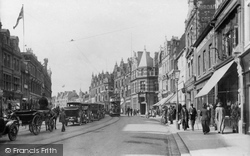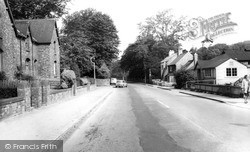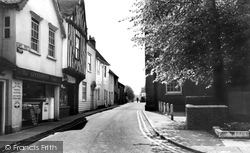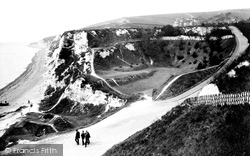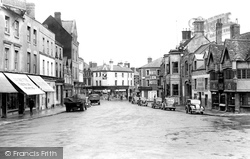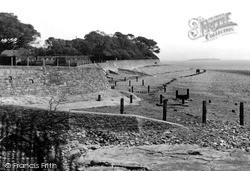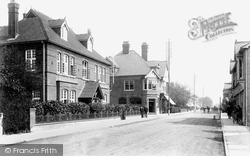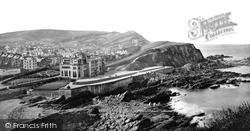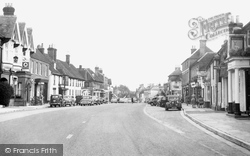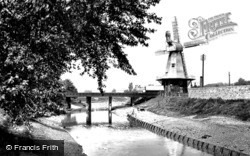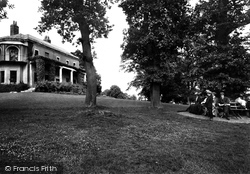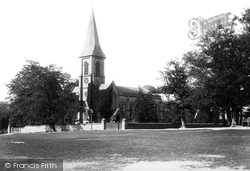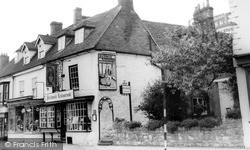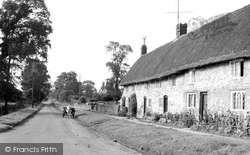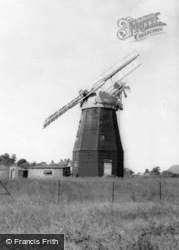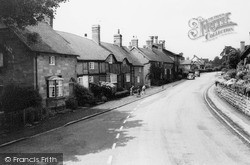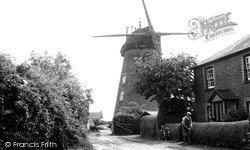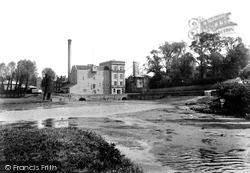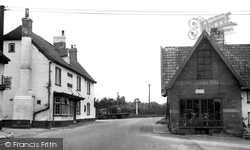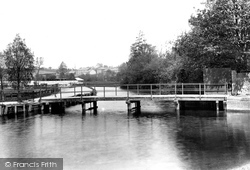Places
Sorry, no places were found that related to your search.
Photos
Sorry, no photos were found that related to your search.
Maps
Sorry, no maps were found that related to your search.
Books
Sorry, no books were found that related to your search.
Memories
655 memories found. Showing results 101 to 110.
Caerphilly
I used to live in Bartlett Street next to the bus station. My first job in Caerphilly was as a delivery driver for Harris & Ash DIY merchants, they were situated in a double fronted shop opposite the castle, although I came ...Read more
A memory of Caerphilly in 1966 by
Training To Be A Bricklayer
During my chidhood I was to perform lots of different tasks that would make life for my mother a little easier. I did not know it at the time but she was actually training me for my working life. Not ...Read more
A memory of Intake in 1951 by
Service On Hms Impregnable 1877 1879
My grandfather, Uriah Hazlehurst, served on this ship from 2nd April 1877 until 2nd March 1879 with a short break between 6th to 19th August 1878 when he was with 'R. Adelaide'. He went on to serve in the RN until 4th October 1895 when he was discharged to Plymouth Hospital.
A memory of Devonport
Greyhound, Fox & Central Garage
This photo has the 3 places that were a big part of my early working life. I worked in the garage from 63 through 69, the owner was Charles Holland who lived next door, we used the fox pub most evenings & weekends ...Read more
A memory of Keston in 1963 by
Wartime Evacuee 1939 1940
In August 1939 I was evacuated frm Salford to Caton. I had my gas mask, a small parcel of food and a label on my clothing. We arrived at the then beautiful station, adorned with flowers. Then we walked to the Village ...Read more
A memory of Caton in 1930 by
East Kent Coastal Holidays In The 1950s/60s
As a child the East Kent coast was a regular destination for our 2 week family summer holiday. We usually stayed in Westgate. In the late 1950s the excitement started with the journey from ...Read more
A memory of Westgate on Sea by
Happy Days
This photo shows what was known as the black shed just above the first bridge on the river Gele, to the left of the photo was the school field at the bottom of Berth Glyd where I was born. If you go up Gypsy Lane you will come to an ...Read more
A memory of Abergele in 1950 by
Evacuated To Great West Farm
My mother Eileen and her brother Ian Carter were evacuated to Great West Farm, Quethiock in 1940. Here are her memories of that time:- On June 16th 1940 we were evacuated from Marvels Lane School, Grove Park, London ...Read more
A memory of Quethiock by
Dunstaffnage War Years
Like your other contributors I also spent my very early years in Dunstaffnage. Dad had spent the early part of the war from day one as a young Engineer Officer on North Atlantic convoys in the Merchant Navy. When you were lucky to ...Read more
A memory of Oban by
Growing Up In Buckhurst Hill 60's 70's
I used to live in The Meadway, and went to St Johns infants School-a few memories of playing on 'the boxes' at play/lunchtime. These were actually old beer crates, and long before health and safety spoiled ...Read more
A memory of Buckhurst Hill by
Captions
405 captions found. Showing results 241 to 264.
Just off to the left is the site of the earliest Baptist chapel in Suffolk, registered in 1731.
Skoulding's shop (to the left) now has a window across the whole building.
Looking at a tranquil summer scene like this, it is difficult to imagine the furious weather to which Torcross is sometimes exposed.
The clock tower was built of red and white brick in 1864. It was renovated in 1987, and has seating on the ground floor. Chandler's ironmonger's shop to the left has closed.
By 1913 the electric tram is operating, and the motor car has arrived to mingle with the horse carriages.
The old church and churchyard lie in the trees on the left, and the old wooden church hall - now gone - can be seen in the right foreground.
The substantial building behind the trees is Billericay church, which was rebuilt in 1780, though retaining its fine 15th-century brick tower.
Looking towards Beachy Head, this view shows the 'combe' of Holy Well with its paths. It is here that the sea can be reached, albeit by a steep path, in a break in the cliffs enlarged by quarrying.
The High Street has a fascinating diversity of provincial architecture dating from the 16th century through to the late 19th century.
Even at this time, the visual appearance of the slipway at Swanbridge had become a cause for concern.
The two buildings either side of the turning into Albert Road have long gone, to be replaced by new offices.
The Ilfracombe Hotel (centre left) was built by the Ilfracombe Hotel and Esplanade Company.
The sign 'Luncheons and Teas' on the right, just beyond the White Hart, advertises the Two Sisters Café, which from 1939 to 1949 was also a guest house.
The brick and white weatherboarded smock mill still stands in Mill Lane on the banks of the River Tillingham, though it is now converted for use as a guest house.
The park had focussed around Prospect Hill House, now known as The Mansion House, which after being a problem building for years is now a pub/restaurant with marvellous views south from its hilltop
Consecrated in August 1830, St Peterís church is built in brick and stone; it consists of chancel, nave, north and south porches, and an eastern tower with a spire containing a clock and six bells
Watling Street has a good range of buildings, mostly dated 18th and 19th century, built in a mix of materials - stone, brick and render.
We can almost feel the peace and tranquillity typified by a road deserted apart from a solitary horse-drawn delivery cart, standing near an attractive row of brick-built thatched cottages.
Cattell's Mill is a black-tarred weatherboarded smock windmill on an octagonal single-storey brick base.
For centuries, Stoneleigh was home to the dozens of estate workers employed by the Leighs.
In 1775 a brick tower-mill was built near the crossroads by John Matchett, a Colchester millwright.
Since 1895 the two buildings to the right of the mill have been replaced by a four- storey brick-built roller mill.
The White Horse is a timber-framed building of 1694, later encased in Victorian brick when the far bay was added. On the left is the corner of the shop, with its penny bubble gum dispenser.
This bridge over the Stour leads from The Croft (adjacent to St Gregory's Church on the right) to Fullingpit Meadows, part of Sudbury freemen's land, on the left.
Places (0)
Photos (0)
Memories (655)
Books (0)
Maps (0)

